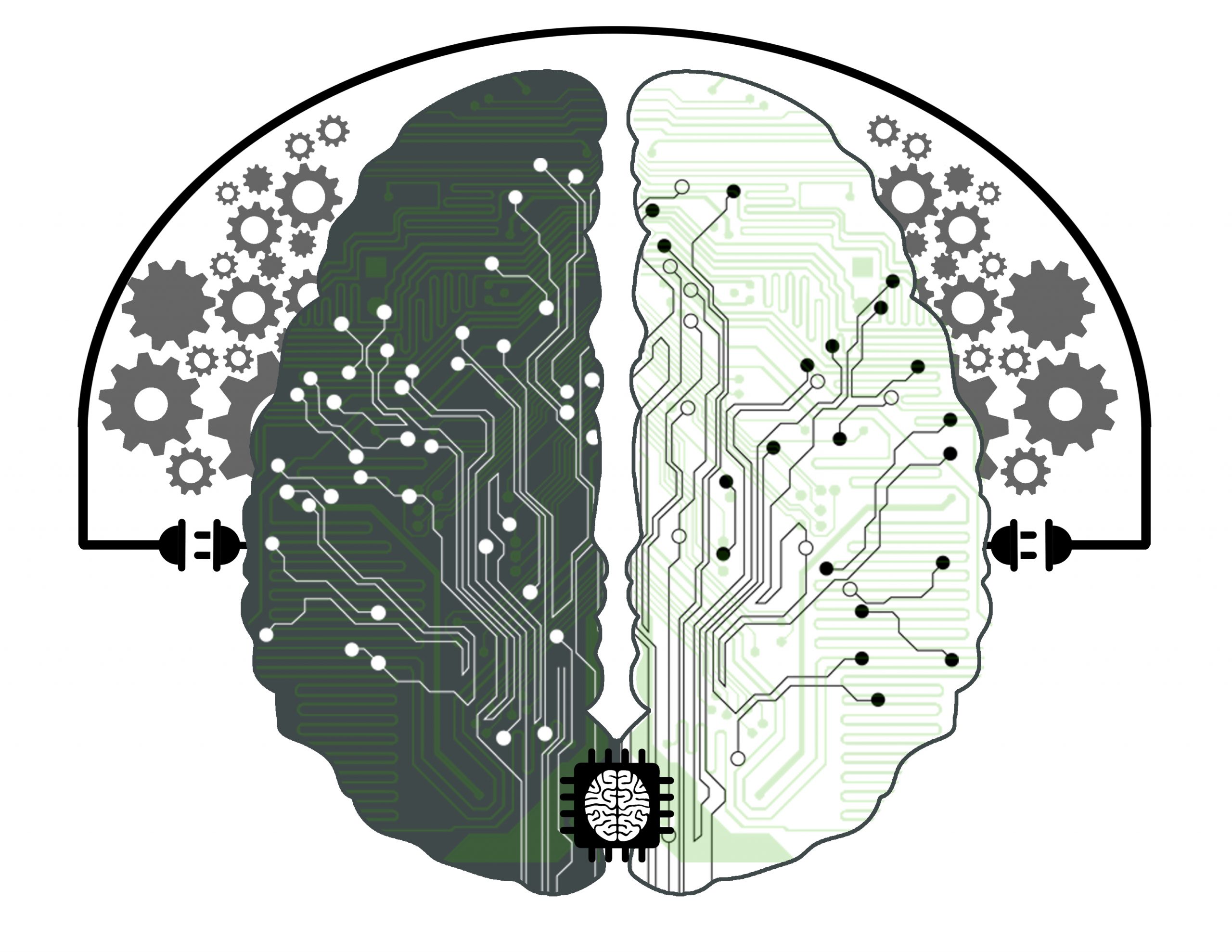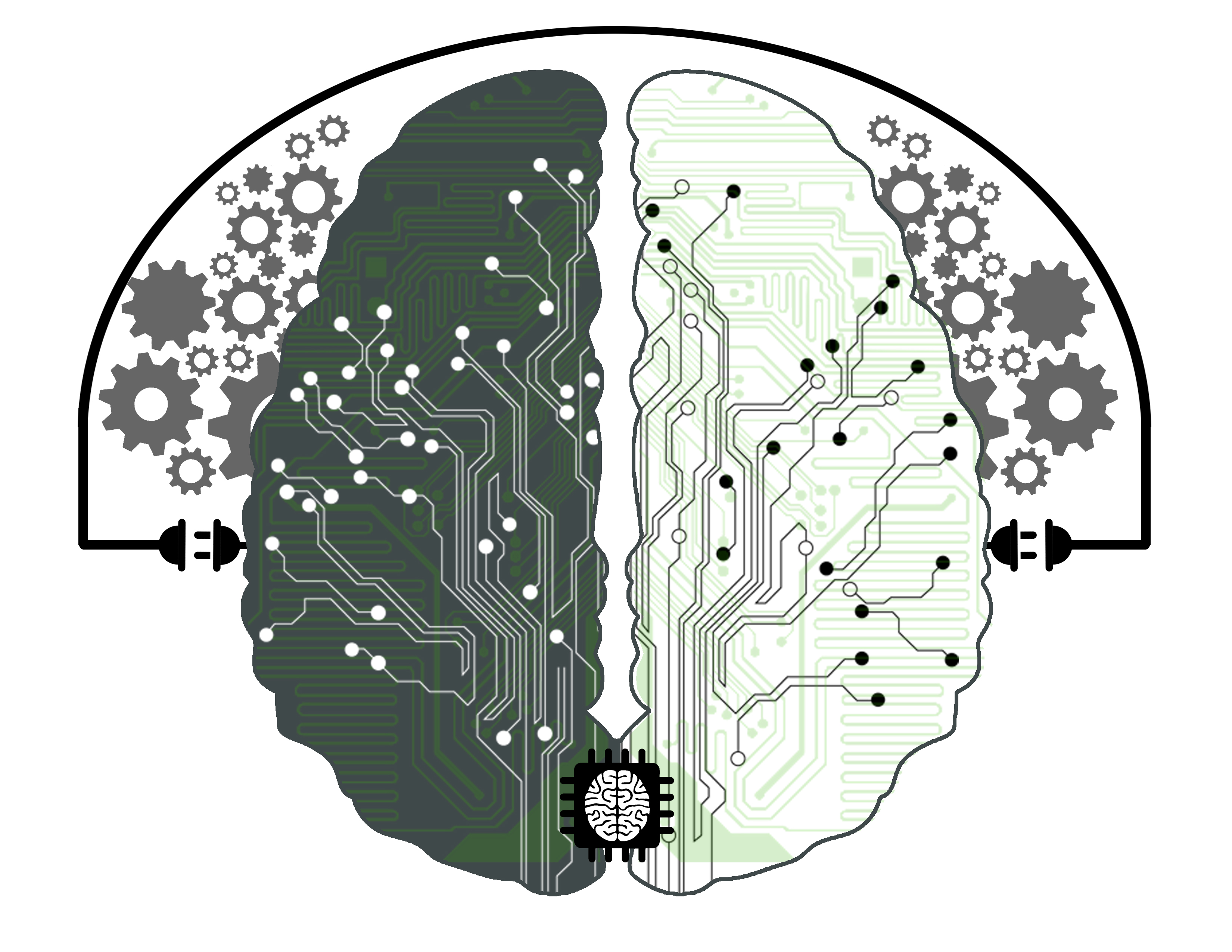
The financial services industry is continuously evolving to provide improved consumer access while creating secure methods of account use. Computer vision is the next step of that process, using image sensors, camera feeds, and image processing software to automate analysis and inspection applications because the technology can interpret what happens in the “real” world.
Banks use computer vision as a way to improve their Know Your Customer (KYC) structures to stay in compliance with current regulations. It can also help with anti-money laundering (AML) efforts by verifying the identity of consumers involved in the transaction, performing contact tracing of money movements to ensure that fewer fraudulent activities can occur. These activities reduce the amount of risk that institutions face in each interaction.
The financial services industry can use digitized feeds from real-world applications to create some significant advantages for future investors. By enabling computers to review the actions of individuals and businesses, this technology can extrapolate accurate predictions that can identify new trends, understand satisfaction levels, or provide insights on why some products succeed while others fail.
It Provides More Usable Information for the Financial Services Sector
Computer vision enables a more in-depth data set for the financial services industry to use when evaluating specific investment opportunities. Depending on where or how video and still imagery gets collected, the sector can use the information resources to identify human emotion, identify actual traffic levels at retail organizations, or analyze container movements to predict import-export opportunities.
Satellite cameras can identify macro-trends that businesses can use to promote specific activities, services, or products that consumers would want to use. It can show traffic patterns that allow investors to see high-profile locations for new business pursuits or real estate options that can lead to better profits with development. Machine vision can spot trends before customers realize that they are part of a pattern, creating a faster response to changing circumstances so that more money-making opportunities develop.
Businesses can use computer vision to transform how individual interactions occur when providing services to consumers. Cameras can give evidence of satisfaction based on common expressions the computer can recognize. When you know that someone is feeling happy, sad, or angry, then the rate of a successful outcome from interaction with that person can rise significantly.
7 Points of Interest for the Financial Services Sector
According to Deltec Bank, Bahamas-Computer vision technology creates seven points of interest for the financial services sector to contemplate. These focus areas fall into broader categories of fraud prevention, data extraction, and the overall customer experience to create some specific benefits that institutions must consider if they want to stay competitive in the future.“
1. Customer Facial Identification
Computer vision technology can recognize customers instantly by comparing an image from a camera feed to one stored in its database. This approach helps the financial services industry by enabling relevant information to display at a terminal so that immediate help is available. It can also determine what people pose a risk in a given environment based on the presence of an account at an institution. If someone is there without a profile stored in the system, then security can respond based on the detected activities.
2. Advanced-Data Extraction from Documents
Manually reviewing documentation to extract critical data components is a time-consuming activity in the financial services industry. Computer vision can pull out the exact information needed in almost any situation when evaluating documents submitted by consumers. This approach can get a name, birth date, address, identification number, account information, and other details that are necessary to open accounts.
3. Know Your Customer (KYC) Compliance
KYC procedures are a crucial function for the financial services industry to assess risk. It requires knowledge of identity, specific activities, and the issues that new accounts pose if opened. Computer vision technology automates many phases of the due diligence process to understand customer activities on a deeper level to flag potential bad actors that might escape recognition under a manual review.
4. Channel Sentiment Analysis
Customer thoughts lead to a unique emotional response. When a person feels a specific way about products, services, or investments, then that activity directly influences the decision-making process. Computer vision turns video analysis of non-verbal communication into usable data for the financial services industry. Then the technology can examine the available methods to shift the way someone feels toward the desired outcome.
5. Customer Authentication
Consumers can open new accounts using a video call or selfies because computer vision technology recognizes the authenticity of the image. This approach enables the financial services industry to expand its services profile exponentially because an in-person visit to an office or branch location is no longer required to meet identity theft protection requirements. It also offers an advantage of competitiveness to customers because more choices are available to consider.
6. Data Extraction from Commercial Loan Documents
Computer vision technology allows for the recognition and indexing of document packages that businesses submit for lending products. It can extract dates from critical documents, such as a disclosure, sort the paperwork in specific ways, or automatically process information from an application to create a risk profile for human review.
7. Data Extraction from Trade Documents
The financial services industry places a crucial role as the intermediary for international trade opportunities in today’s global economic environment. Although these transactions conclude in a variety of ways, trade finance documents are a constant used in every method. Bills of lading, letters of credit, and other necessary forms of paperwork contain significant levels of data that can screen and validate procedures automatically with the use of computer vision.
The potential to unlock value through efficiency optimization and cost reduction makes computer vision an attractive investment for the financial services sector. Firms must include this approach as part of a digital transformation strategy to get a competitive edge over other institutions. Although privacy regulations may create some unique challenges to manage, the benefits that this technology offers make it too advantageous to ignore.
Disclaimer: The author of this text, Robin Trehan, has an Undergraduate degree in economics, Masters in international business and finance and MBA in electronic business. Trehan is Senior VP at Deltec International www.deltecbank.com. The views, thoughts, and opinions expressed in this text are solely the views of the author, and not necessarily reflecting the views of Deltec International Group, its subsidiaries and/or employees.
About Deltec Bank
Headquartered in The Bahamas, Deltec is an independent financial services group that delivers bespoke solutions to meet clients’ unique needs. The Deltec group of companies includes Deltec Bank & Trust Limited, Deltec Fund Services Limited, and Deltec Investment Advisers Limited, Deltec Securities Ltd. and Long Cay Captive Management.
Media Contact
Company Name: Deltec International Group
Contact Person: Media Manager
Email: Send Email
Phone: 242 302 4100
Country: Bahamas
Website: https://www.deltecbank.com/

